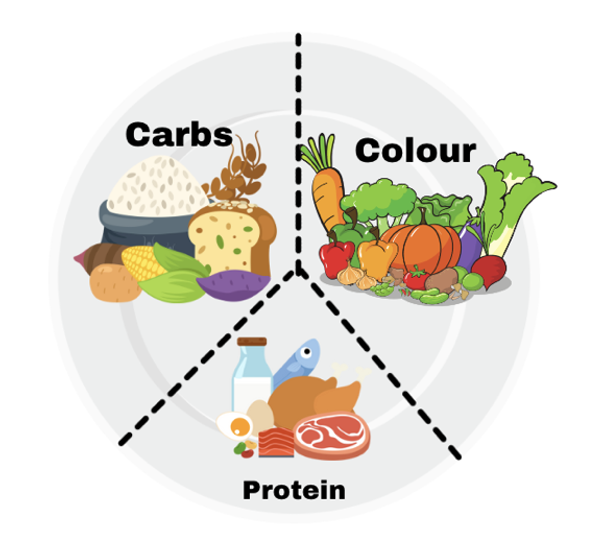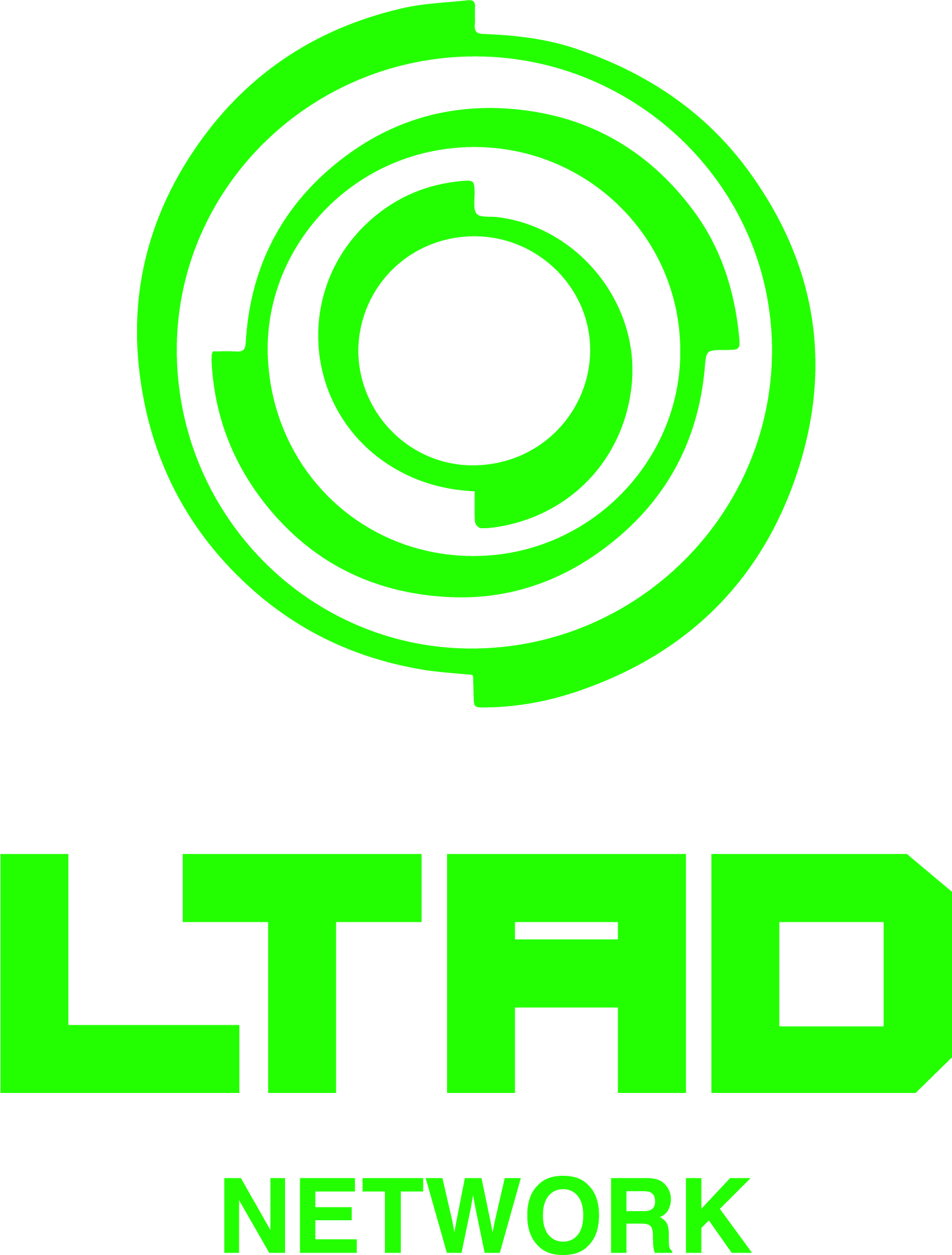Fuelling The Female Athlete
Sep 12
/
Poppy Hawe

Fuelling The Female Athlete
For young, active girls, balancing school,
training, rapid growth, and internal and external social pressures, it can be
challenging. Young female bodies require ample energy, both mentally and
physically, to perform at their best. To optimize their performance, it's
crucial to consider daily routine, training intensity, and puberty stage.
Energy needs
Nutrition is a crucial piece of the jigsaw to playing sport. It plays a vital role in enhancing athletic performance, reducing fatigue, and preventing injury and illness.
Energy is a word you will hear a lot in sports, and this refers to the food you consume that will provide your body with the energy required to complete the activity. Balancing energy intake with expenditure, i.e. calories in with calories out, is key to preventing under eating or overeating, which can affect growth, development, and overall health.
Energy demands in sports differs based upon the training volume (how much you do) and the intensity (how much stress it puts on the body). For example, long-distance running is a sport that requires a high energy demand and is intense for athletes over a prolonged period. It is therefore crucial athletes know the energy demands required to stay healthy and strong for their sport. Sprinting on the other hand is a sport that requires shorter burst of energy, meaning you still need energy to fuel to the workout but the overall total energy demand for the sport would be less than the long-distance runner.
What happens if you don't hit your energy needs?
What happens if you don’t hit your energy
needs:
Many female athletes are susceptible to
nutritional deficiencies due to various factors, including inadequate eating
habits, lack of nutritional knowledge, and eating disorders. Endurance,
aesthetic, or weight class sports athletes are often at higher risk.
Insufficient energy intake relative to exercise and daily activities can lead to a syndrome known as RED-S, or Relative Energy Deficiency in Sport. Particularly affecting young female athletes due to societal pressures and comparison, RED-S can severely impact performance and health if left unaddressed. Symptoms include fatigue, decreased performance, menstrual irregularities, weakened immunity, and mood changes. Prevention strategies include ensuring adequate energy intake, consuming nutrient-dense foods, monitoring menstrual health, providing education on nutrition and energy balance, and seeking professional guidance.
So where can young female athletes start for ensuring that they fuel themselves sufficiently to achieve the most of their sport long-term. Firstly, get into the mindset that food is fuel, which is increased performance in your sport both during training and competitions. Female athletes who are serious about progress will maximise nutritional strategies.
Insufficient energy intake relative to exercise and daily activities can lead to a syndrome known as RED-S, or Relative Energy Deficiency in Sport. Particularly affecting young female athletes due to societal pressures and comparison, RED-S can severely impact performance and health if left unaddressed. Symptoms include fatigue, decreased performance, menstrual irregularities, weakened immunity, and mood changes. Prevention strategies include ensuring adequate energy intake, consuming nutrient-dense foods, monitoring menstrual health, providing education on nutrition and energy balance, and seeking professional guidance.
So where can young female athletes start for ensuring that they fuel themselves sufficiently to achieve the most of their sport long-term. Firstly, get into the mindset that food is fuel, which is increased performance in your sport both during training and competitions. Female athletes who are serious about progress will maximise nutritional strategies.
Building Your Plate

Your plate should be filled with nutrients that help provide energy, vitamins and minerals too keep the body growing, developing as well as recovering and getting stronger for your sport. Your energy comes from your macronutrients which is your protein, carbohydrates, and fats.
Proteins:
Essential for muscle repair and growth, proteins can be found in lean red meat, chicken, fish, beans, tofu and quinoa. Aim for a balance of around 1.2-2 grams of protein per kilogram of body weight per day, with good dose of protein (~20g) post-exercise. Look at the plate above to see how to place them on your plate!
Fats:
Necessary for absorbing vitamins ADEK and protecting organs, fats can be obtained from sources like nuts, seeds, and oils. Aim for 1g of fat per kilogram of body weight per day. Fats aren’t shown on the plate as they usually come within the sections of colour and protein dependent on the sources. They are the oil when you cook your meals or found in red meats and fish. Think about a portion of fat being the equivalent of your thumb.
Carbohydrates:
These are the main fuel for athletes, providing the glucose needed for energy. Foods like bread, pasta, rice, and fruits are excellent sources, they are also found in your fruits and vegetables. Recommended intake for young female athletes is dependent on the demand for the sport. However, since they are still growing and undergoing change its recommended around 5 -10grams of carbohydrates per day, with higher intake on training and competition days. Look at the plate above to see how to place them on your plate!
These are the main fuel for athletes, providing the glucose needed for energy. Foods like bread, pasta, rice, and fruits are excellent sources, they are also found in your fruits and vegetables. Recommended intake for young female athletes is dependent on the demand for the sport. However, since they are still growing and undergoing change its recommended around 5 -10grams of carbohydrates per day, with higher intake on training and competition days. Look at the plate above to see how to place them on your plate!
Proteins:
Essential for muscle repair and growth, proteins can be found in lean red meat, chicken, fish, beans, tofu and quinoa. Aim for a balance of around 1.2-2 grams of protein per kilogram of body weight per day, with good dose of protein (~20g) post-exercise. Look at the plate above to see how to place them on your plate!
Fats:
Necessary for absorbing vitamins ADEK and protecting organs, fats can be obtained from sources like nuts, seeds, and oils. Aim for 1g of fat per kilogram of body weight per day. Fats aren’t shown on the plate as they usually come within the sections of colour and protein dependent on the sources. They are the oil when you cook your meals or found in red meats and fish. Think about a portion of fat being the equivalent of your thumb.
Using hand measurements is a quick and easy way to building your plate:

Getting Enough Nutrients:
This is the ‘colour’ section to your plate. Whilst there is a long list of vitamins and minerals that are vital for the body to function on a day to day basis to keep you alive as well as performing in your sports. Certain nutrients are critical for young female athletes' health and performance.
Iron: Important for oxygen delivery, especially crucial for girls due to menstrual iron loss. Lean meats, beans, and spinach are good sources. Aim for 8-15 milligrams of iron per day, depending on age and menstrual status.
Calcium and Vitamin D: Vital for bone health and muscle function. Found in dairy, leafy greens, and sunlight exposure. Aim for 1000-1300 milligrams of calcium and 600-800 international units of vitamin D per day, depending on age.
Zinc and Magnesium: Support overall health and proper body function. Found in whole grains, nuts, seeds, and vegetables. Aim for 8-11 milligrams of zinc and 300-400 milligrams of magnesium per day, depending on age.
Hydration: Fluids, particularly water, are essential for regulating body temperature and replacing sweat losses during exercise. Aim for 2-3 litres of water per day, adjusting for activity level and environmental conditions. If you have had a hot sweaty session, then you want to look at replenishing the mineral you lost through sweating with an electrolyte drink. Aim to consume around at least 115mg of sodium within these drinks for optimal hydration alongside the 2-3L water.
Hydration: Fluids, particularly water, are essential for regulating body temperature and replacing sweat losses during exercise. Aim for 2-3 litres of water per day, adjusting for activity level and environmental conditions. If you have had a hot sweaty session, then you want to look at replenishing the mineral you lost through sweating with an electrolyte drink. Aim to consume around at least 115mg of sodium within these drinks for optimal hydration alongside the 2-3L water.
Menstrual Cycle Considerations
The menstrual cycle can affect hydration status, energy levels, and nutrient needs. It's important to:
1) Increase iron intake during menstruation.
2) Adjust carbohydrate and calorie intake based on phase-specific energy levels and appetite changes. For example, females might need more carbohydrates during week 3-4 of their cycle due to changes in hormone pattern and increases in internal core body temperatures. Lean into this by increasing portion sizes of you slow digesting carbohydrates such as whole grains, brown pastas and rices, whole fruits and legumes.
3) Stay attentive to hydration, as needs may vary throughout the cycle
Fuelling Strategies
Pre-exercise
- Consume a meal high in carbohydrates, moderate in protein, and low in fat 3-4 hours before exercise.
- A small, carbohydrate-rich snack 30-60 minutes before activity can top off energy stores.
During exercise
- For activities longer than 60 minutes, consider a carbohydrate-electrolyte drink to maintain energy and hydration.
Post-exercise
- Aim to refuel with carbohydrates and protein within 30 minutes after exercise to optimize recovery. A ratio of 3:1 (carbohydrates to protein) is often recommended.
- Continue to hydrate and replenish electrolytes.
Example Meal Plan
Breakfast: Whole grain toast, avocado, eggs, and yogurt with fruit.
Snack: Apple slices with peanut butter.
Lunch: Whole wheat wrap with chicken, greens, and Greek yogurt.
Snack: Carrots and hummus.
Dinner: Baked fish, sweet potatoes, and broccoli.
Post-Exercise: Chocolate milk or a smoothie
Summary
In summary, proper nutrition is essential for young female athletes to perform well and stay healthy in any sport they choose. By understanding nutritional needs and making informed food choices, female athletes can fuel their bodies effectively and reach their athletic goals.
Learn more about nutrition for youth athletes with two leading nutritionists in our online learning platform:
Dr. Marcus Hannon - Energy Requirements of Elite Academy Footballers
Dr. James Morehen - Performance Nutrition for Youth Athletes
Get in touch
-
Email: info@ltadnetwork.com
-
LTAD Network T/A Proformance Strength & Conditioning Limited
268 Painswick Road, Gloucester, GL4 4DR -
Company Registration No: 09775700
-
Terms and Conditions
-
Privacy Policy
-
About Us
Copyright © 2026

